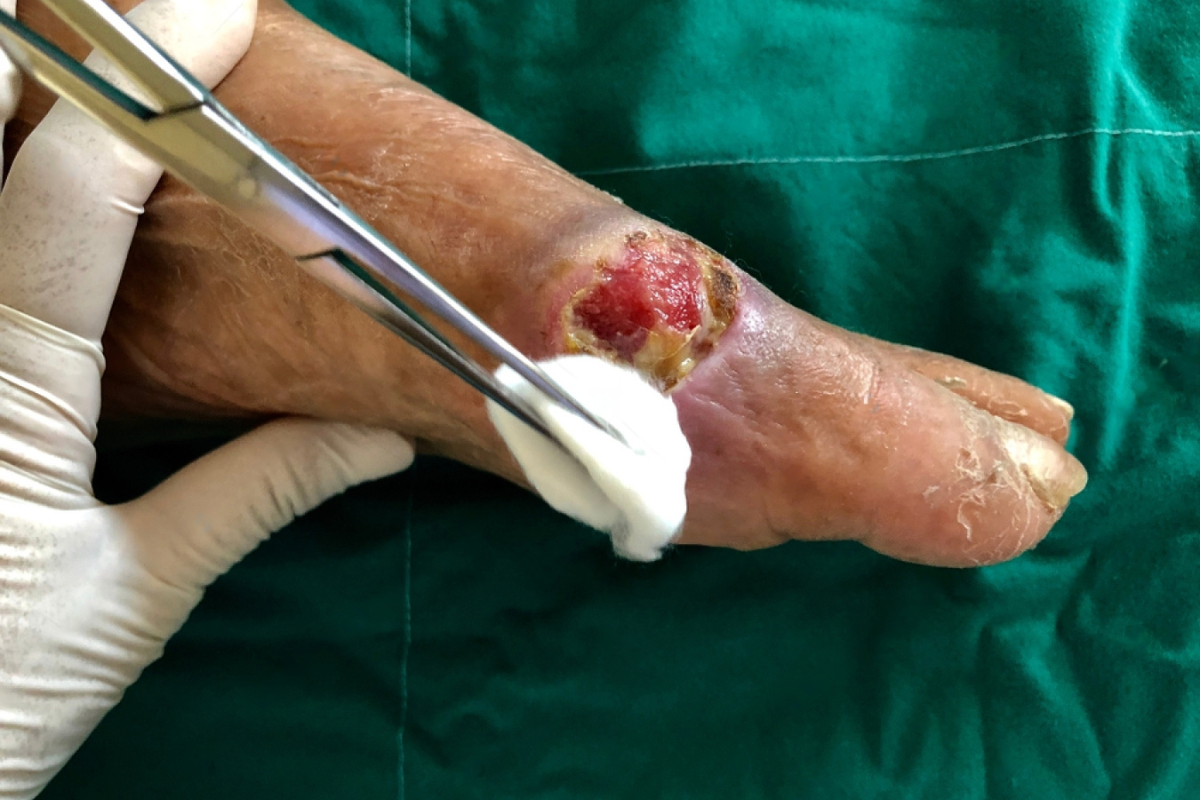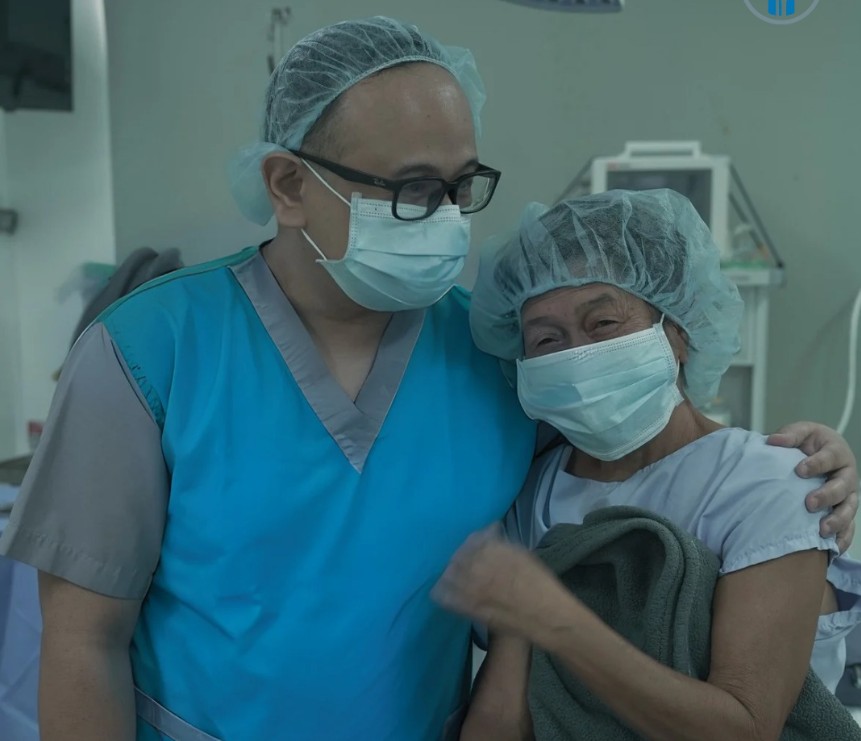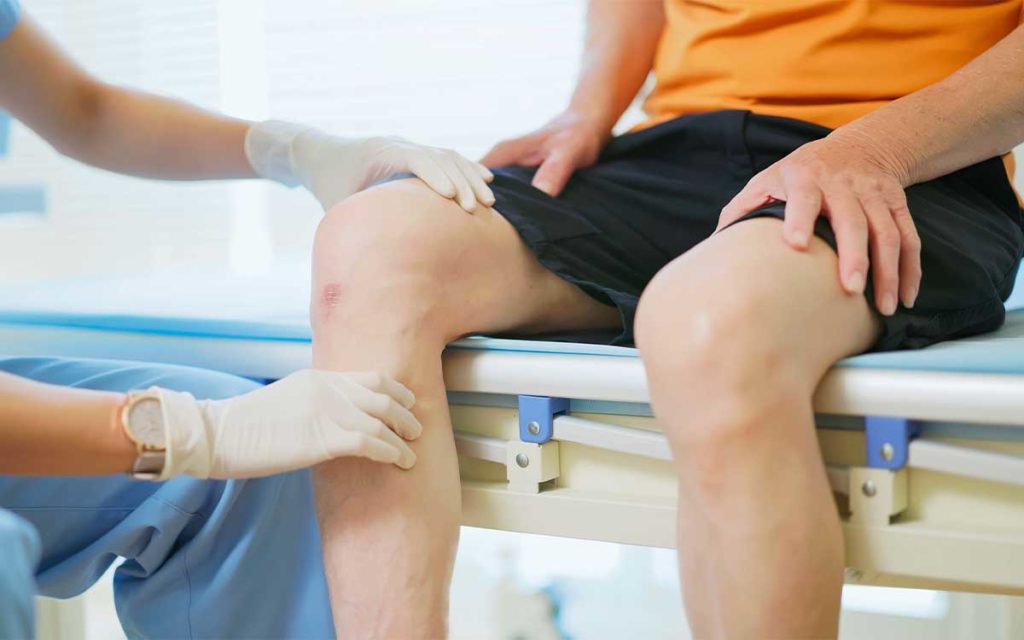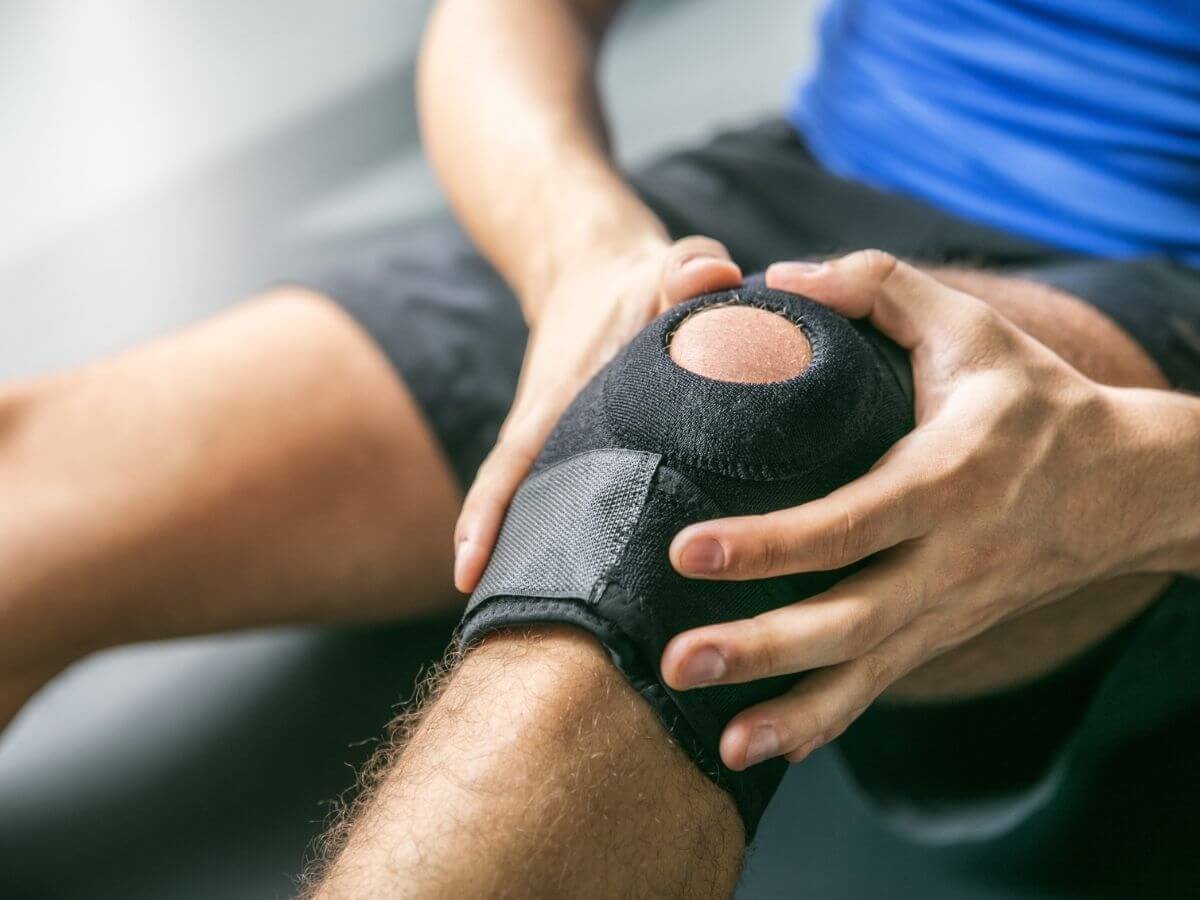Understanding Diabetic Foot Infections
Diabetic foot infections are a serious complication for individuals with diabetes, often stemming from underlying issues such as nerve damage (neuropathy) and poor circulation. These infections occur when bacteria enter through small cuts, blisters, or sores on the feet. Diabetics are particularly vulnerable due to their weakened immune response and altered blood flow, which can impede the healing process. Early identification is crucial to prevent the infection from worsening, as untreated infections can lead to severe complications, including tissue death or amputation. Recognizing signs such as increased redness, swelling, pain, or pus is vital for timely medical intervention.
Types of Infections in Diabetic Foot Wounds
In diabetic foot wounds, infections can vary in severity. Mild infections may present as superficial redness and warmth without much pain or discharge. Moderate infections might show increased signs of inflammation, including more pronounced redness, pain, and possible discharge of pus. Severe infections involve deeper tissue damage, such as abscesses, cellulitis, or osteomyelitis (bone infection), which can result in more intense pain, fever, and potentially life-threatening complications if not treated promptly. It’s important for healthcare providers to assess the extent of the infection to recommend the appropriate treatment plan.
Orthopedic Treatment Options
Debridement and Wound Cleaning
Debridement is a critical first step in treating diabetic foot infections. This procedure involves the removal of dead or infected tissue, which not only reduces the bacterial load but also promotes healthy tissue growth. The methods used include sharp debridement, where a scalpel or scissors are used, enzymatic debridement using topical agents, and autolytic debridement, which allows the body’s natural enzymes to break down the dead tissue. Ensuring a clean wound environment is essential for effective treatment and to avoid complications.
Antibiotic Therapy
Antibiotics play a crucial role in combating bacterial infections in diabetic foot wounds. Depending on the severity of the infection, oral or intravenous antibiotics may be prescribed. The choice of antibiotic is guided by the type of bacteria identified in culture tests. Treatment usually spans from a few weeks to months, depending on how quickly the infection responds and heals. It’s important for patients to adhere strictly to the prescribed regimen to prevent antibiotic resistance and recurrence of the infection.
Surgical Intervention
When infections are severe or fail to respond to other treatments, surgical intervention may be necessary. Common procedures include drainage of abscesses, removal of infected bone, and amputation of necrotic tissue. Surgery aims to remove the source of infection and prevent its spread. It is usually considered a last resort but can be life-saving when other treatments are not viable. Post-surgical care includes careful monitoring and management of the wound to ensure it heals properly.
Offloading and Wound Management
Pressure relief is a key component of managing diabetic foot wounds to prevent further damage. This can be achieved through various methods such as using special offloading devices (like custom shoes, orthotics, or padded bandages) to distribute weight away from the affected area. Offloading helps to reduce pressure, allowing the wound to heal more effectively. Coupled with regular dressing changes and wound care, these measures are essential to manage the infection and support healing.
Role of Orthotic Devices
Orthotics play a significant role in the treatment of diabetic foot wounds. Custom orthotic devices are designed to provide proper support and cushioning to the foot, reducing pressure and helping to distribute weight more evenly. They also aid in protecting the foot from further injury and can be an effective part of ongoing foot care and infection prevention. Orthotics can be particularly beneficial for patients with neuropathy who have reduced sensitivity in their feet.
Post-Treatment Care and Recovery
Post-treatment care is critical in preventing recurrence and ensuring complete healing of diabetic foot infections. Patients should be educated on the importance of regular foot care, including daily washing with mild soap and warm water, thorough drying, and checking for any new cuts or sores. Monitoring the healing process and attending follow-up appointments are crucial to detect any signs of infection early. Managing blood sugar levels through medication, diet, and exercise also supports wound healing and infection prevention.
FAQ
What are the signs of a diabetic foot infection?
Common signs include redness, swelling, warmth, pain, and discharge of pus. If any of these symptoms occur, it is important to seek medical attention promptly.
How long does it take for a diabetic foot infection to heal with treatment?
The healing time varies based on the infection’s severity and the patient’s overall health. Mild infections can take a few weeks to heal, while more severe infections may take several months.
Can diabetic foot infections lead to amputations?
Yes, if a diabetic foot infection is severe and untreated, it can lead to amputation to prevent the spread of infection to other parts of the body. Early treatment is essential to avoid this outcome.
What lifestyle changes can help prevent diabetic foot infections?
Maintaining good blood sugar control, regularly checking feet for cuts or sores, wearing appropriate footwear, and practicing good hygiene can significantly reduce the risk of diabetic foot infections.
Are there any natural remedies that can aid in wound healing?
While there are various natural remedies claimed to aid in wound healing, it is important to consult with a healthcare professional before using them, especially in the case of diabetic foot wounds, to ensure they do not interfere with prescribed treatments.






